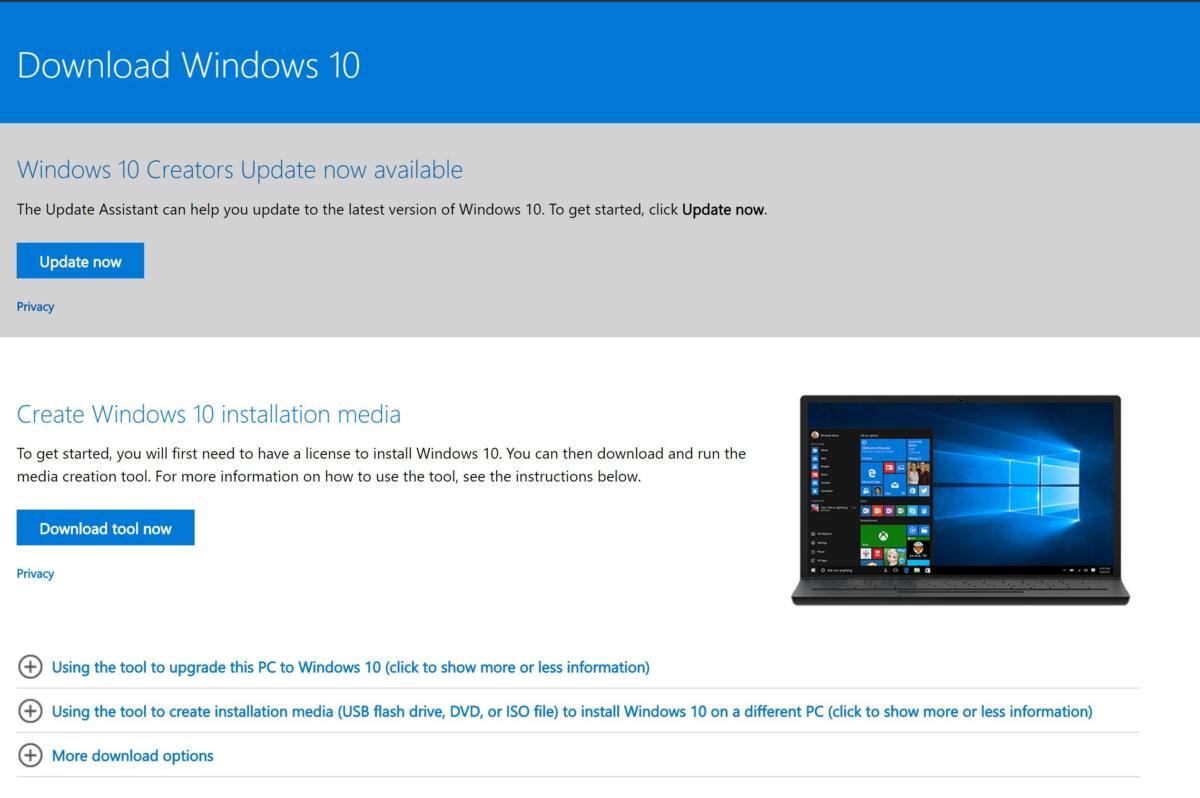
 Click on Burn and let the disc burning utility do the rest. Open the dropdown menu located directly next to the Disc burner: option and click on your computer’s CD/DVD drive to select it. Doing so will bring up the Burn Disc Image utility (if you’re using Windows 7) or the Windows Disc Image Burner utility (if you’re using Windows 8 or later). Locate the Windows 10 ISO file, right-click on it and click on Burn disc image in the resulting context menu. In the File Explorer, navigate to the location on your computer where the Windows 10 ISO file is stored. Press the Windows Logo key + E to open the File Explorer. Insert a blank, writable DVD into your computer’s CD/DVD drive. If you would like to burn the Windows 10 ISO file you have to a DVD using the built-in disc burning utility that Windows comes with, simply: Burning a Windows 10 ISO to a DVD using Windows’ built-in utility Now you can go about doing so two different ways – you can either use Windows’ built-in disc burning utility for the task or a third-party alternative. Once you have your Windows 10 ISO file, you can move on to actually burning the ISO file to a DVD and turning the DVD into a bootable Windows 10 installation DVD. To get your hands on a Windows 10 ISO file, simply download the Media Creation Tool from here, run it and use it to create a Windows 10 ISO file that you can later use to create a Windows 10 installation medium. However, before you can move on to actually burning a Windows 10 ISO to a DVD, you need to acquire a Windows 10 ISO file.
Click on Burn and let the disc burning utility do the rest. Open the dropdown menu located directly next to the Disc burner: option and click on your computer’s CD/DVD drive to select it. Doing so will bring up the Burn Disc Image utility (if you’re using Windows 7) or the Windows Disc Image Burner utility (if you’re using Windows 8 or later). Locate the Windows 10 ISO file, right-click on it and click on Burn disc image in the resulting context menu. In the File Explorer, navigate to the location on your computer where the Windows 10 ISO file is stored. Press the Windows Logo key + E to open the File Explorer. Insert a blank, writable DVD into your computer’s CD/DVD drive. If you would like to burn the Windows 10 ISO file you have to a DVD using the built-in disc burning utility that Windows comes with, simply: Burning a Windows 10 ISO to a DVD using Windows’ built-in utility Now you can go about doing so two different ways – you can either use Windows’ built-in disc burning utility for the task or a third-party alternative. Once you have your Windows 10 ISO file, you can move on to actually burning the ISO file to a DVD and turning the DVD into a bootable Windows 10 installation DVD. To get your hands on a Windows 10 ISO file, simply download the Media Creation Tool from here, run it and use it to create a Windows 10 ISO file that you can later use to create a Windows 10 installation medium. However, before you can move on to actually burning a Windows 10 ISO to a DVD, you need to acquire a Windows 10 ISO file. 
To create a bootable Windows 10 installation DVD, you need to burn a Windows 10 ISO file to it.īurning a Windows 10 ISO file to a DVD is actually a pretty simple and easy to follow procedure. That being the case, some people would actually prefer having a bootable Windows 10 installation DVD instead, since dedicating a DVD to being a bootable installation medium is much more tolerable than dedicating a USB drive to the task.

Once you turn a USB drive into a bootable Windows 10 installation media, you can’t use it for any other purpose unless it is no longer a Windows 10 installation medium. However, not everyone has a spare USB drive lying around that they can turn into a bootable Windows 10 installation USB. In today’s day and age, most users simply create a bootable Windows 10 installation USB when they require a Windows 10 installation media. computers can boot from it), it will get the job done. The installation media can be anything from a USB drive to a CD/DVD – as long as it has all the required Windows 10 setup files on it and is bootable (i.e. To install Windows 10 from scratch on a computer (or to repair an already installed instance of Windows 10 on a computer), the most important ingredient required is a bootable Windows 10 installation media.







 0 kommentar(er)
0 kommentar(er)
